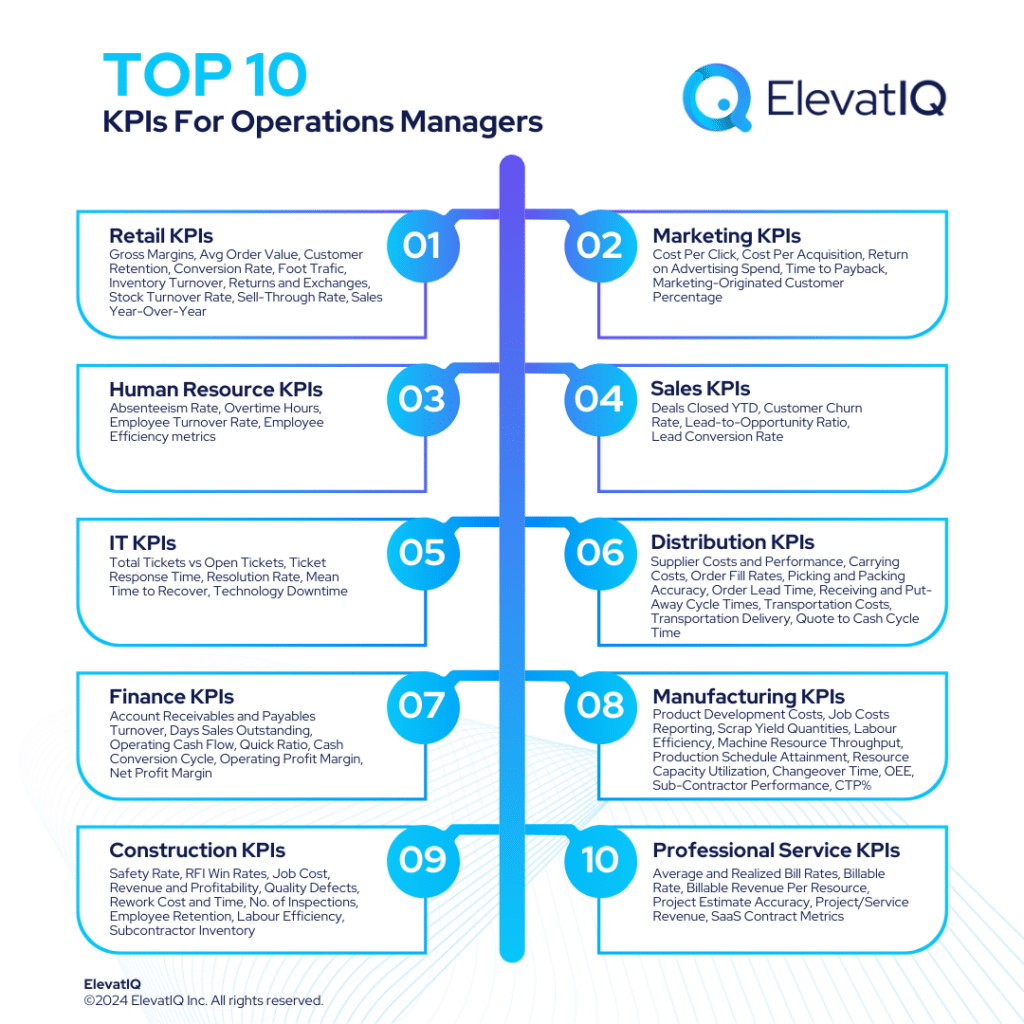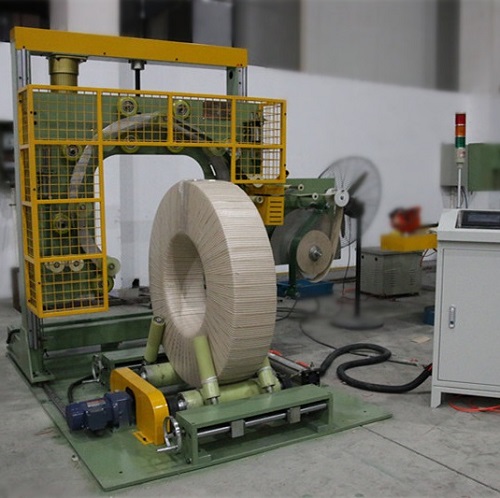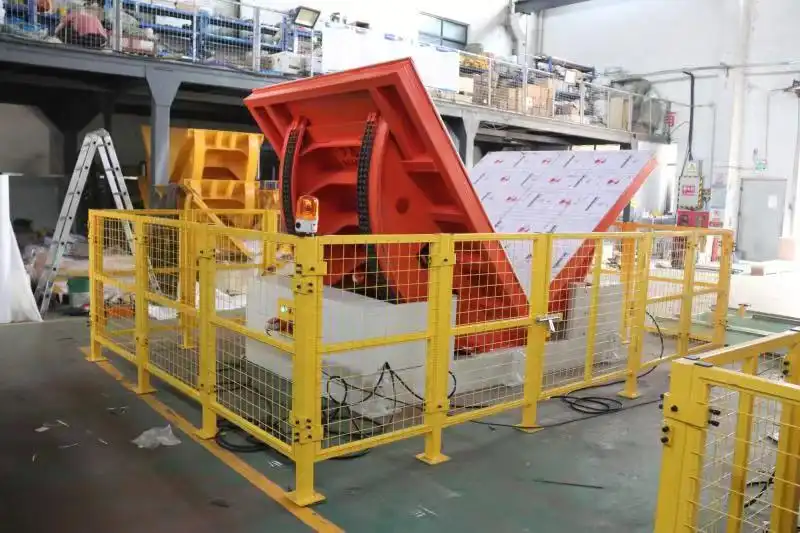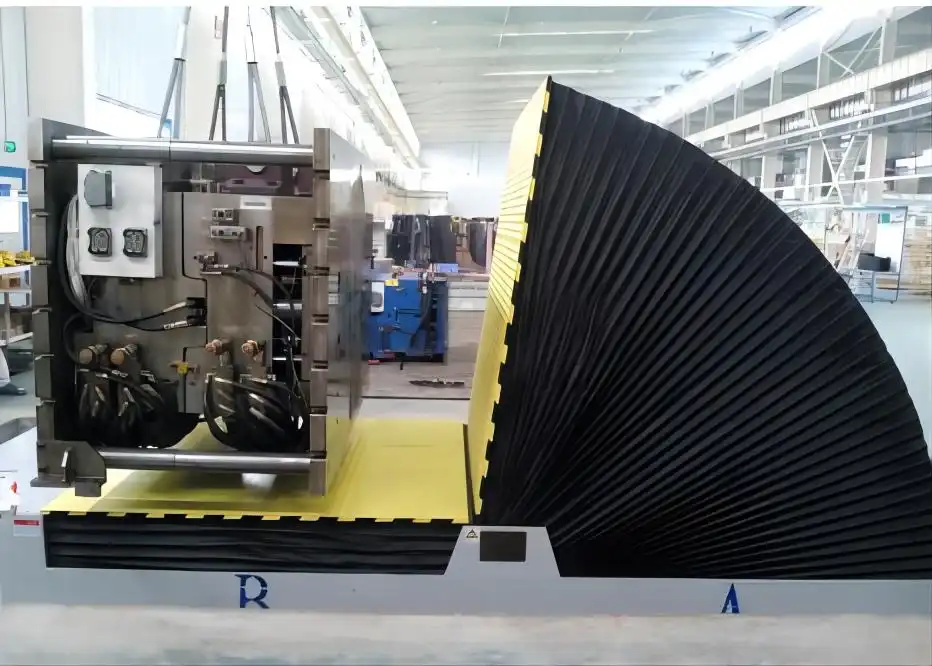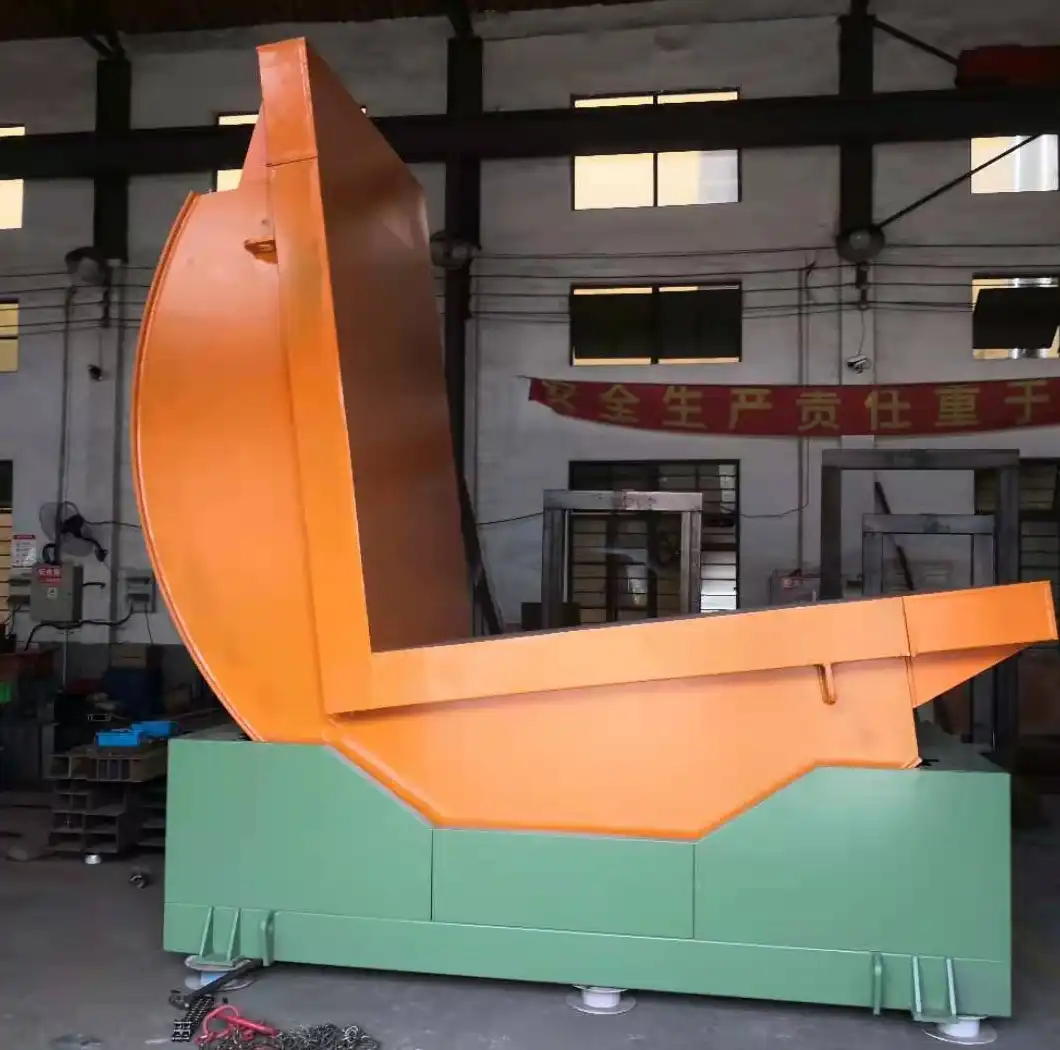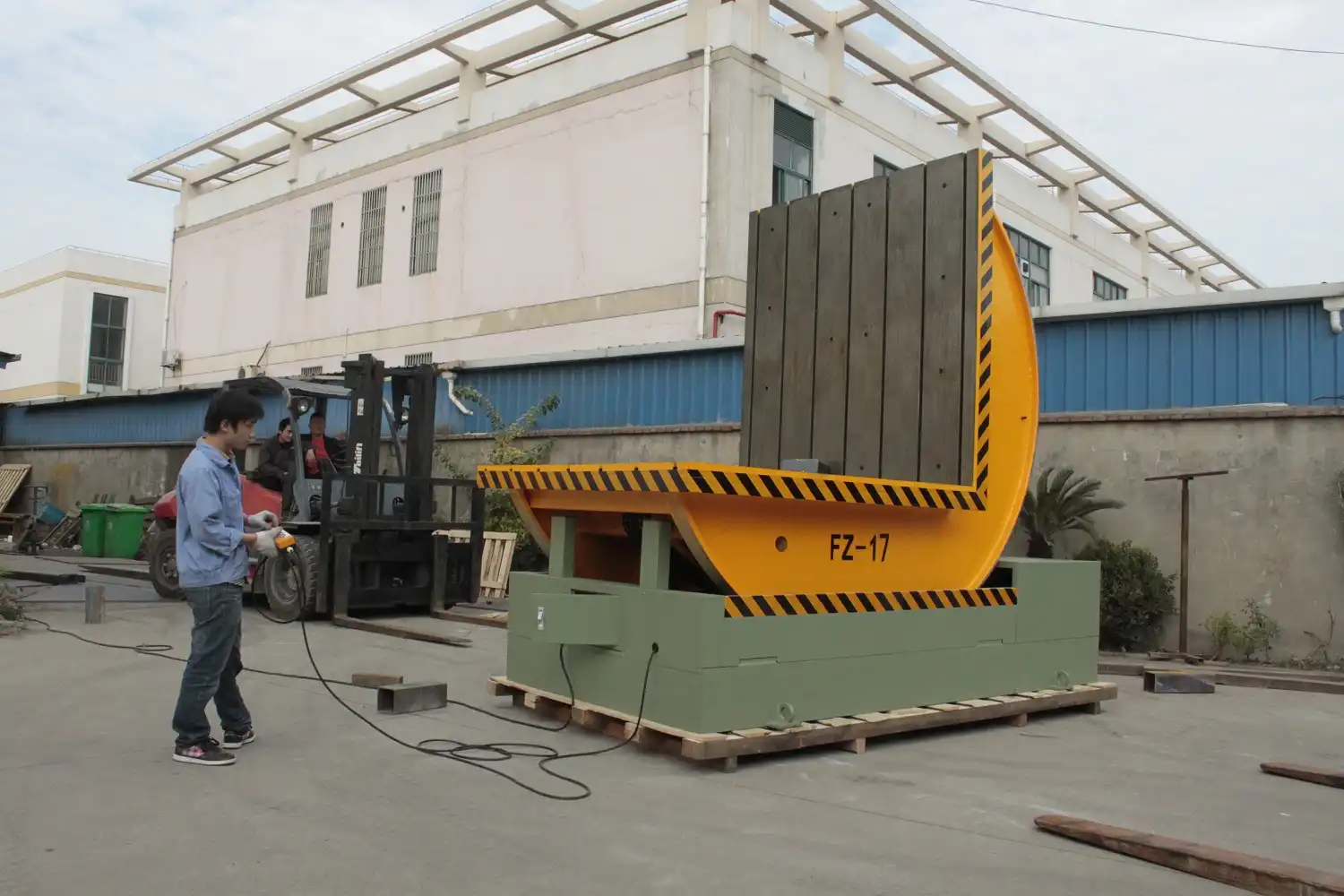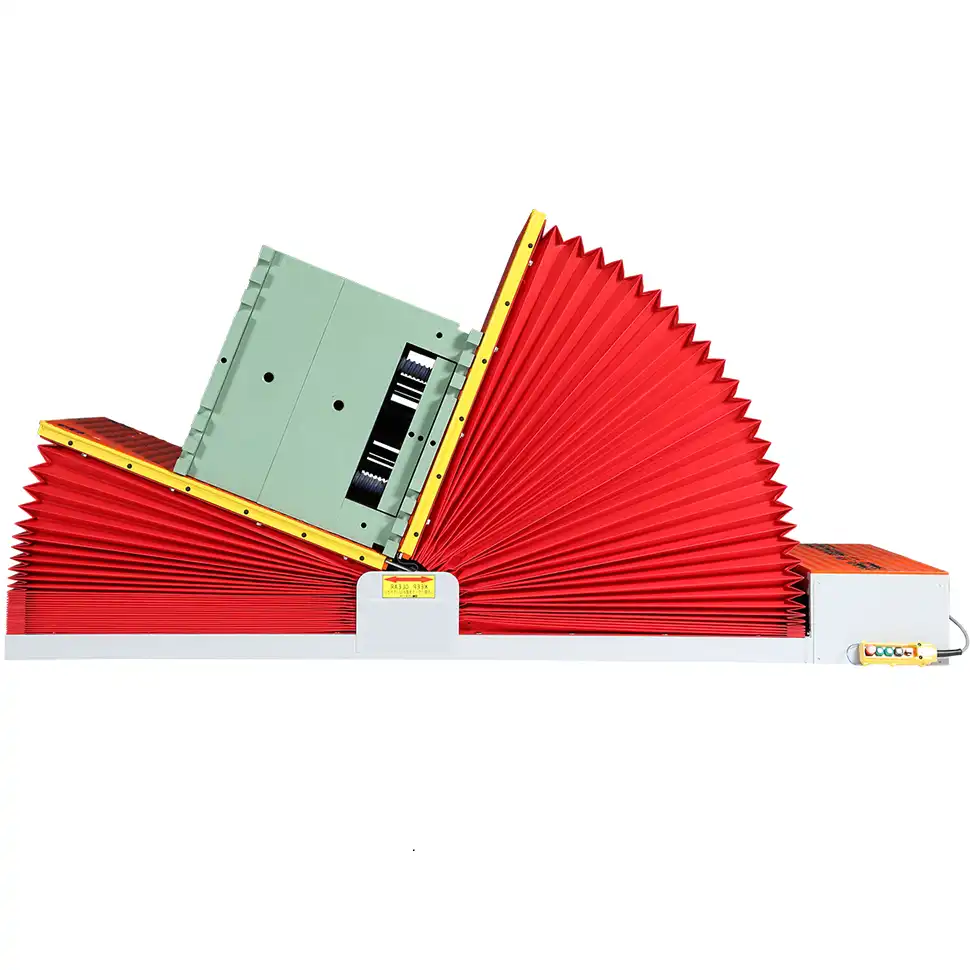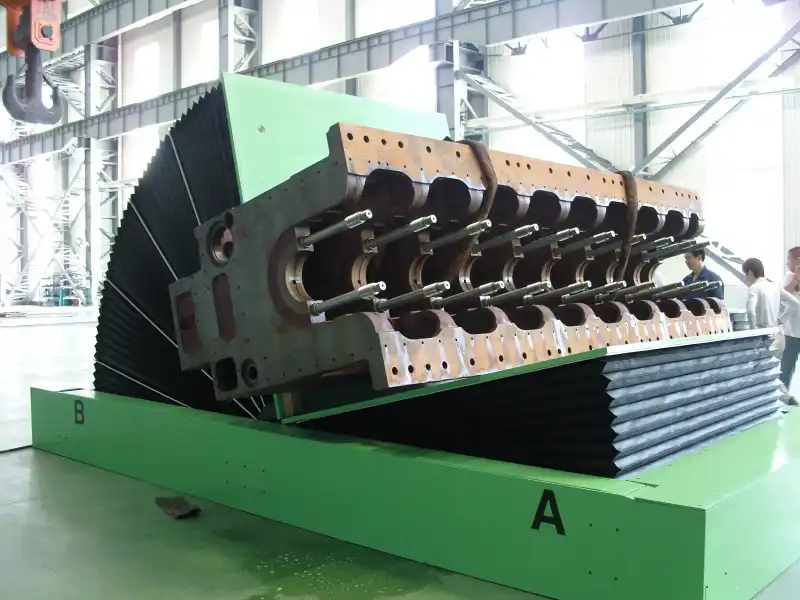Investing in staff training programs is crucial to reducing machine errors in manufacturing and other industries. Well-designed programs enhance operator skills, improve machine handling accuracy, reduce costly mistakes, boost productivity, and ensure a safer working environment. This investment yields significant returns through minimized downtime, fewer defects, and a more proficient workforce.
In today’s fast-paced manufacturing environment, machine errors can lead to significant disruptions, financial losses, and even safety hazards. From minor production delays to major equipment malfunctions, the consequences of inaccurate machine operation can ripple throughout an organization. While technology plays an increasingly vital role in automation and error detection, the human element remains a critical factor in ensuring smooth and efficient machine operations. This is where comprehensive staff training programs step in, offering a powerful and proactive approach to minimize machine errors and maximize operational excellence.
The Real Cost of Machine Errors
Machine errors are not merely minor inconveniences; they represent a tangible drain on resources and profitability. Consider the multifaceted costs associated with even seemingly small mistakes:
- Financial Losses: Errors in machine operation can lead to wasted materials, product defects, and rejected batches. Incorrect setups, miscalibrated instruments, or improper handling can all result in unusable outputs. From a payroll department error issuing an incorrect bonus due to a decimal point mistake to a production line error creating thousands of faulty parts, the financial repercussions can be substantial. Furthermore, consider the cost of rework, disposal of scrap materials, and potential regulatory fines for non-compliance due to errors in manufacturing processes.
- Productivity Setbacks: Machine downtime due to errors or malfunctions immediately halts production. Investigating and rectifying errors takes time, leading to delays in fulfilling orders and missed deadlines. Whether it’s a simple jam caused by improper material feeding or a more complex breakdown due to incorrect operation, any error that stops a machine translates directly to lost productivity and reduced output.
-
Safety Risks and Compliance Issues: Improperly operated machinery poses significant safety risks to personnel. Equipment handling errors can cause workplace accidents, injuries, and even fatalities, leading to compensation claims, legal battles, and reputational damage. In industries with strict regulatory oversight, errors can lead to compliance breaches, resulting in penalties, operational restrictions, and damage to a company’s standing. The Boeing example cited in provided materials, with its $243.6 million fine due to unsafe work environments and poorly made planes, vividly illustrates the severe consequences of neglecting safety and allowing human error to compromise operational integrity. Cost Category Impact of Machine Errors Financial Losses Wasted materials, product defects, rework, scrap, fines Productivity Setbacks Machine downtime, production delays, missed deadlines Safety & Compliance Workplace accidents, injuries, legal issues, penalties Understanding Human Error in Machine Operation
While machines are complex systems, it’s crucial to recognize that "machine error" often stems from human actions or inactions. Attributing errors solely to mechanical failures overlooks the critical role of operators in ensuring accurate and safe machine performance. Human error in this context can be broadly defined as unintentional mistakes or decisions during machine operation that deviate from intended outcomes, leading to malfunctions or undesirable results.
Several common factors contribute to human error in machine operation: - Lack of Training and Skill: Operators who haven’t received adequate training on specific machines are more prone to making mistakes. Without a thorough understanding of machine functions, controls, and procedures, errors are inevitable. This includes not only initial training but also ongoing education to keep up with new technologies and operational best practices.
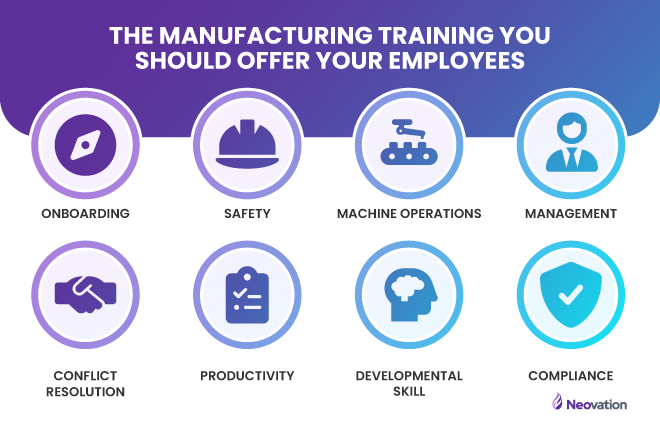
- Fatigue and Stress: Operating machinery, especially complex equipment, requires focus and concentration. Fatigue, whether physical or mental, significantly impairs cognitive function and increases the likelihood of errors. Similarly, stress from tight deadlines or demanding production targets can lead operators to rush procedures and overlook critical steps.
- Unclear Procedures and Instructions: Ambiguous or poorly documented operating procedures contribute to errors. If instructions are unclear, incomplete, or difficult to access, operators are more likely to make incorrect assumptions or miss crucial steps. The absence of Standard Operating Procedures (SOPs), or poorly designed SOPs, create room for misinterpretations and mistakes.
- Poor Communication: Miscommunication between team members, supervisors, or across shifts can lead to errors. Lack of clear communication about machine status, upcoming tasks, or specific requirements can result in misunderstandings and incorrect actions.
- Inadequate Workplace Environment: A poorly designed or maintained workplace can contribute to human error. Insufficient lighting, excessive noise, uncomfortable temperatures, or cluttered workspaces can all distract operators and increase the risk of mistakes.
Beyond Blame: Addressing Systemic Issues
It’s tempting to attribute machine errors solely to operator negligence or carelessness. However, a truly effective approach to error reduction moves beyond individual blame to address the underlying systemic issues that often set the stage for human error. As the materials emphasize, focusing solely on blaming individuals misses the opportunity to fix the system itself.
Many errors are not individual failings but rather symptoms of flawed organizational systems. These systemic weaknesses can include: - Inadequate Training Systems: Training that is infrequent, superficial, or not tailored to specific job roles is ineffective in preventing errors. If training programs are not regularly updated, engaging, and practical, they fail to equip operators with the necessary skills and knowledge.
- Poorly Designed Procedures and Workflows: Complex, convoluted, or impractical procedures can confuse operators and increase the chance of errors. If workflows are not streamlined and user-friendly, they create unnecessary cognitive burden and opportunities for mistakes.
- Lack of Supervision and Feedback: Insufficient supervision and infrequent feedback leave operators without guidance and opportunities for improvement. Without regular monitoring and constructive feedback, errors can go uncorrected and patterns of mistakes can develop.
- Weak Safety Culture: A workplace culture that does not prioritize safety, open communication, and continuous learning indirectly fosters human error. If reporting mistakes is discouraged or met with blame, valuable learning opportunities are lost, and systemic issues remain unaddressed.
The Power of Targeted Training Programs: Investing for ROI
Shifting the focus from blaming operators to improving systems naturally leads to the recognition of staff training programs as a powerful solution. Investing in well-designed training is not just an expense; it’s a strategic investment that yields significant returns in error reduction, improved productivity, and enhanced overall operational performance.
Training ROI and Skilled Workforce Benefits: - Reduced Error Rates: Targeted training programs equip operators with the specific knowledge and skills needed to operate machinery accurately and safely. By addressing knowledge gaps and reinforcing best practices, training directly minimizes the likelihood of human error.
- Increased Efficiency and Productivity: Well-trained operators are more efficient and productive. They can perform tasks more quickly, accurately, and with fewer interruptions. This translates to increased throughput, reduced cycle times, and greater overall productivity.
- Improved Machine Uptime and Reduced Downtime: By minimizing errors and promoting proper machine handling, training programs contribute to increased machine uptime. Fewer errors mean fewer breakdowns, less downtime for repairs, and more consistent production flow.
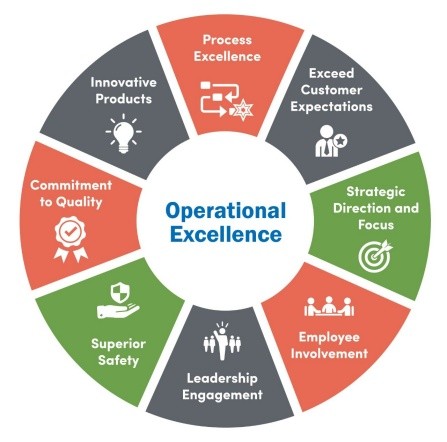
- Enhanced Product Quality: Accurate machine operation is directly linked to product quality. Training reduces errors that can lead to defects, ensuring higher quality output and reducing scrap rates.
- Safer Working Environment: Safety training is a critical component of error reduction. Training operators on safe operating procedures, hazard identification, and emergency response protocols drastically improves workplace safety and reduces the risk of accidents.
-
Higher Employee Morale and Retention: Investing in employee training demonstrates a commitment to their professional development. This can boost morale, increase job satisfaction, and improve employee retention. A skilled and valued workforce is a more engaged and productive workforce. Benefit Area Impact of Staff Training Programs Error Reduction Lower error rates, fewer defects, reduced rework Productivity Increased efficiency, higher throughput, reduced downtime Quality Improved product quality, lower scrap rates Safety Safer workplace, fewer accidents, reduced injuries Employee Morale Increased job satisfaction, improved retention Training Program ROI: An Investment That Pays Off
American studies cited in the materials indicate that for every dollar invested in a solid safety program, businesses can save between $4 to $6. This highlights the substantial return on investment (ROI) that training programs can generate. While quantifying the exact ROI of training may vary based on specific contexts, the overall principle remains clear: investing in staff training to reduce machine errors is a financially sound decision that yields significant benefits in the long run.Effective Training Strategies for Machine Operation
Creating effective training programs requires a strategic approach that goes beyond generic instruction. Modern training methodologies focus on engagement, practical application, and continuous reinforcement. Here are some key strategies to incorporate:
- Scenario-Based Learning: Immerse operators in realistic, problem-solving scenarios that mimic real-world challenges. This allows them to apply their knowledge practically, develop critical thinking skills, and learn how to respond effectively to various operational situations. Simulations and virtual reality (VR) environments can be particularly effective in providing safe and engaging scenario-based training.
- Microlearning Modules: Break down complex machine operations into bite-sized, digestible learning modules. Microlearning facilitates information retention, allows for flexible learning schedules, and enables just-in-time training. Employees can access short modules on specific procedures or troubleshooting steps precisely when they need the information. Platforms like Tyfoom, mentioned in the materials, exemplify this approach with video-based microlearning courses.
- Checklists and Standard Operating Procedures (SOPs): Develop detailed checklists and SOPs to guide operators through complex or critical tasks. Checklists provide actionable steps, reduce the risk of forgetting important procedures, and ensure consistency in operations. Digital checklists, integrated into software systems, offer added benefits such as real-time tracking and validation.

- Technology Integration: Leverage technology to enhance training delivery and effectiveness. Utilize e-learning platforms, interactive simulations, and mobile learning apps to create engaging and accessible training materials. Implement technology-based solutions such as automated reminders for critical procedures, digital checklists, and real-time monitoring systems to support operators in error prevention during actual machine operation. Workplace safety software, as discussed in the materials, can play a vital role in managing safety protocols, tracking training completion, and identifying areas for improvement.
- Real-Time Monitoring and Feedback Systems: Implement systems to monitor machine operation in real-time and provide operators with timely feedback on their performance. This allows for immediate correction of errors and reinforces proper procedures. Real-time feedback systems can be integrated with technology like ELDs in the trucking industry example, or adapted for manufacturing environments to monitor machine parameters and operator actions.
-
Mentorship and On-the-Job Training: Pair new operators with experienced mentors who can provide guidance, share best practices, and offer personalized support. On-the-job training allows new operators to learn in a practical setting under the supervision of seasoned professionals. Training Strategy Key Benefits Scenario-Based Learning Practical application, critical thinking, problem-solving skills Microlearning Improved retention, flexibility, just-in-time learning Checklists & SOPs Reduced errors, consistency, step-by-step guidance Technology Integration Engagement, accessibility, real-time support, automated reminders Real-Time Feedback Immediate error correction, performance improvement, reinforcement of procedures Mentorship & OJT Personalized guidance, practical experience, skill development under supervision Building a Culture of Precision and Continuous Improvement
Training is not a one-time event but an ongoing process. To truly minimize machine errors, organizations must cultivate a workplace culture that values precision, accountability, and continuous improvement.
Key Elements of a Precision-Focused Culture: - Open Communication and Feedback Loops: Encourage open communication where operators feel comfortable reporting errors or near-misses without fear of blame. Establish feedback loops where lessons learned from errors are shared and used to improve procedures and training.
- Accountability, Not Blame: Shift the focus from blaming individuals to holding everyone accountable for maintaining high standards of machine operation. Emphasize that errors are learning opportunities to improve systems, not reasons for punishment.
- Recognition and Positive Reinforcement: Recognize and reward teams and individuals who consistently demonstrate precision and error-free performance. Positive reinforcement motivates employees and sets benchmarks for others to strive for.

- Continuous Learning and Development: Implement ongoing training programs that keep operators updated on best practices, new technologies, and evolving procedures. Foster a culture of continuous learning where employees are encouraged to expand their skills and knowledge proactively.
- Data-Driven Error Monitoring and Analysis: Track key performance indicators (KPIs) related to machine errors, such as error rates, downtime caused by errors, and defect rates. Regularly analyze error data to identify trends, patterns, and areas for improvement. Use data to measure the effectiveness of training programs and error reduction initiatives.
- Employee Empowerment: Empower operators to identify potential hazards, suggest improvements to procedures, and actively participate in error prevention efforts. Engaged and empowered employees are more invested in maintaining high standards and reducing errors.
Measuring Training ROI and Success
To ensure that staff training programs are effective and delivering the desired ROI, it’s essential to establish metrics and track progress. Key Performance Indicators (KPIs) for error prevention in machine operation can include:
- Machine Error Rate: Track the frequency of machine errors over time. A reduction in error rate after implementing training or process improvements indicates success.
- Downtime Related to Errors: Measure the amount of machine downtime caused by operator errors. Reduced downtime signifies improved operational efficiency and error reduction.
- Product Defect Rate: Monitor the percentage of defective products resulting from machine operation errors. A decrease in defect rate demonstrates improved quality and error prevention.
- Incident Reports Related to Machine Operation: Track the number of reported incidents or near-misses related to machine operation errors. A lower number indicates a safer working environment and improved error control.
- Operator Performance Metrics: If applicable, track individual operator performance metrics related to error rates or adherence to procedures. This can help identify operators who may benefit from additional training or support.
By consistently monitoring these KPIs and analyzing the data, organizations can assess the impact of their training programs, identify areas needing further attention, and demonstrate the tangible value of their investment in staff development for error reduction.Conclusion: Investing in Human Capital for Error-Free Operations
In conclusion, staff training programs are not merely an operational expense but a strategic investment that is paramount to reducing machine errors, enhancing productivity, and fostering a safer and more efficient workplace. By shifting the focus from blaming individuals to addressing systemic weaknesses and empowering operators through targeted and ongoing training, organizations can cultivate a culture of precision and continuous improvement. Integrating technology with well-designed training programs further amplifies their effectiveness, providing operators with the tools and support they need to minimize errors and achieve operational excellence. Investing in human capital through robust training initiatives is the most effective way to ensure error-free machine operations and achieve lasting success in today’s demanding manufacturing landscape.
